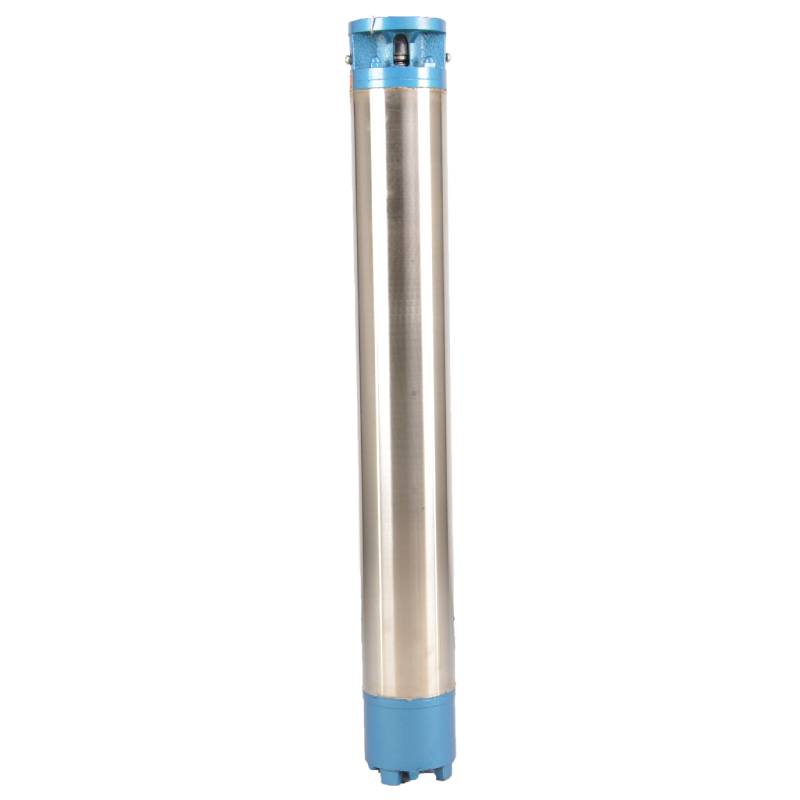Aug . 18, 2024 10:24 Back to list
Exploring the Benefits and Applications of Submersible Well Pumps for Efficient Water Extraction
Submersible Well Pumps An Essential Tool for Water Extraction
Submersible well pumps have become indispensable tools in various applications, from agricultural irrigation to residential water supply systems. These robust devices are designed to operate underwater, allowing them to pump water from deep underground sources efficiently. As populations grow and water demands increase, the significance of these pumps has never been more pronounced.
At the core of a submersible pump’s design is its ability to be submerged in water. Unlike traditional pumps that are situated above ground and require a suction line to draw water, submersible pumps are encased in a cylindrical housing that allows them to be placed directly in the water. This unique design not only prevents cavitation, a phenomenon that can damage pumps as they struggle to draw water, but also allows for superior efficiency in the pumping process.
Typically, a submersible well pump consists of a motor that is hermetically sealed in a waterproof casing. This motor rotates the impellers, which push water through a series of stages, increasing its pressure and allowing it to be pumped to the surface. The depth from which these pumps can draw water varies greatly, with some designed to reach depths of several hundred feet, making them ideal for deep well operations.
One of the primary advantages of submersible well pumps is their versatility. They are used in a wide range of applications, including residential wells, municipal water systems, agricultural irrigation, geothermal heating, and industrial processes. In agriculture, for instance, submersible pumps play a crucial role in ensuring crops receive adequate water, thereby maximizing yield and efficiency. In urban areas, these pumps help maintain water supply systems, providing clean and reliable water access to communities.
submersible well pumps

Moreover, submersible well pumps are known for their durability and longevity. Made from materials resistant to corrosion, rust, and wear, these pumps are designed to withstand harsh conditions typically found underground. Maintenance costs are generally lower compared to other types of pumps, as many submersible pumps are designed for easy access and serviceability. This feature ensures they can be repaired or replaced without the need for complex procedures, which is particularly important for large-scale operations.
However, as with any mechanical device, submersible well pumps come with their own set of challenges. The installation process can be complex, often requiring professional assistance to ensure that the pump is correctly positioned and sealed. Additionally, the electricity consumption of these pumps can be significant, especially if used for prolonged periods. Therefore, selecting an energy-efficient model can lead to substantial savings over time.
Furthermore, users must monitor water levels and the overall condition of the pump. Sediment in well water can lead to wear and tear, necessitating regular checks and potentially additional filtration systems. Proper installation, routine maintenance, and timely replacements can significantly extend the lifespan of a submersible pump.
In conclusion, submersible well pumps are vital for effective water management across multiple sectors. Their innovative design allows them to perform efficiently and reliably, making them ideal for accessing groundwater. As technology advances, we can expect to see even more efficient models that minimize energy usage and enhance performance. For anyone reliant on groundwater supply, investing in a quality submersible well pump is not only a practical choice but also an essential one for sustaining water needs in the future.
-
Submersible Water Pump: The Efficient 'Power Pioneer' of the Underwater World
NewsJul.01,2025
-
Submersible Pond Pump: The Hidden Guardian of Water Landscape Ecology
NewsJul.01,2025
-
Stainless Well Pump: A Reliable and Durable Pumping Main Force
NewsJul.01,2025
-
Stainless Steel Submersible Pump: An Efficient and Versatile Tool for Underwater Operations
NewsJul.01,2025
-
Deep Well Submersible Pump: An Efficient 'Sucker' of Groundwater Sources
NewsJul.01,2025
-
Deep Water Well Pump: An Efficient 'Sucker' of Groundwater Sources
NewsJul.01,2025
-
 Submersible Water Pump: The Efficient 'Power Pioneer' of the Underwater WorldIn the field of hydraulic equipment, the Submersible Water Pump has become the core equipment for underwater operations and water resource transportation due to its unique design and excellent performance.Detail
Submersible Water Pump: The Efficient 'Power Pioneer' of the Underwater WorldIn the field of hydraulic equipment, the Submersible Water Pump has become the core equipment for underwater operations and water resource transportation due to its unique design and excellent performance.Detail -
 Submersible Pond Pump: The Hidden Guardian of Water Landscape EcologyIn courtyard landscapes, ecological ponds, and even small-scale water conservancy projects, there is a silent yet indispensable equipment - the Submersible Pond Pump.Detail
Submersible Pond Pump: The Hidden Guardian of Water Landscape EcologyIn courtyard landscapes, ecological ponds, and even small-scale water conservancy projects, there is a silent yet indispensable equipment - the Submersible Pond Pump.Detail -
 Stainless Well Pump: A Reliable and Durable Pumping Main ForceIn the field of water resource transportation, Stainless Well Pump has become the core equipment for various pumping scenarios with its excellent performance and reliable quality.Detail
Stainless Well Pump: A Reliable and Durable Pumping Main ForceIn the field of water resource transportation, Stainless Well Pump has become the core equipment for various pumping scenarios with its excellent performance and reliable quality.Detail
